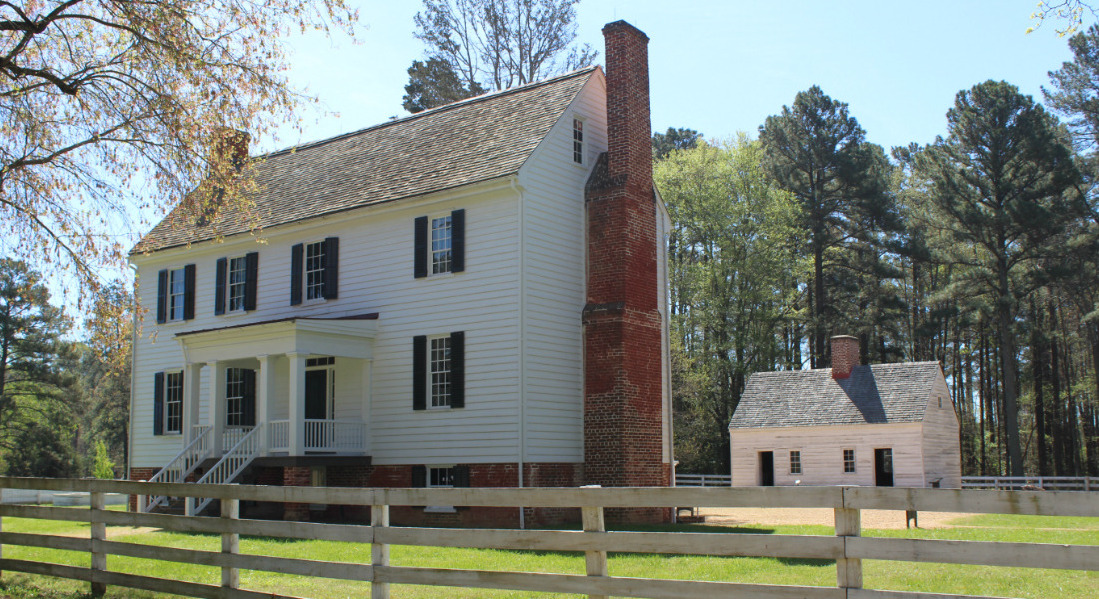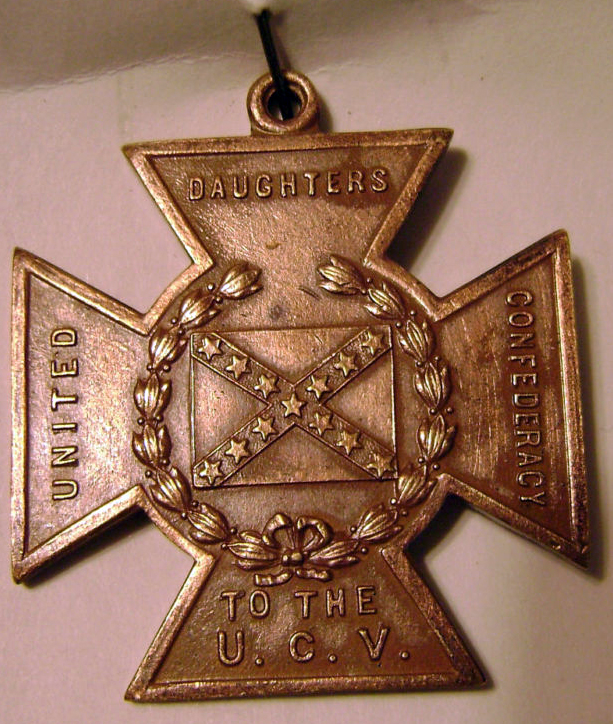VIRGINIA: Museum Showcases Southern Cross
PETERSBURG, Va. — The scars from the American Civil War are still visible and conjure up deep emotions today. The post-war period was no different with the Federal occupation of the Southern states known as the Reconstruction era. Southerners grappled with defeat as Federal occupation forces fought to maintain order and usher the former 11 ex-Confederate states back into the United States of America.
This was not an easy task as passions ran high. Some wanted to bring the former Confederate states back into the Union as quickly as possible and others wanted to curtail the rights of Southerners, while fully enfranchising all freedmen. This tug of war would play out through a variety of legislation being passed and clashes resulting in violence. Finally by 1877, public support for Reconstruction policies had waned among Northerners and the U.S. Army troops were withdrawn through passage of the Compromise of 1877 and by order of President Rutherford B. Hayes.
Wartime passions had receded by 1879 and some in the South wanted to organize Confederate veterans groups into organizations. In the North, Union veterans had formed their own Grand Army of the Republic in 1866. The most prominent Southern veterans’ organization, United Confederate Veterans, was founded later in 1889 and was followed a few years later by the United Daughters of the Confederacy in 1894. These groups sought to tell their historical perspective of the Civil War and set about to recognize and honor their veterans.
The United Daughters of the Confederacy were particularly active and proposed a decoration or medal to be presented to honorably discharged Confederate veterans. During the war, General Robert E. Lee was opposed to the awarding of medals for fear that a deserving candidate might be overlooked in the confusion of wartime. UDC member Mrs. Alexander S. Erwin disagreed with Lee’s assessment of the decoration issue and designed her own medal which she called the Southern Cross of Honor. It was presented at the 1899 UDC convention and adopted for manufacturing and distribution.
The Southern Cross of Honor was a 33.8-millimeter bronze cross pattée which hung from a pinback bar. Initially, jeweler Charles W. Crankshaw manufactured the Cross of Honor before production moved over to Schwaab Stamp & Seal Co. Schwaab was soon fired by the UDC for appropriating the medal into another piece without authorization. Therefore, the UDC moved final production to the largest medallic firm in the U.S., Whitehead & Hoag of Newark, N.J.
Presentation of the crosses began in 1900 and a total of 78,761 were awarded. A Southern Cross of Honor in the Pamplin Historical Park collection was presented to Solon A. Deakins of Greenville County, VA. Deakins served in I Company of the 12th Virginia Infantry until receiving a medical discharge in 1862 for “intestinal spasms”. He later re-enlisted in April of 1864 with Company F, of the 13th Virginia Cavalry which fought in the Battles of the Wilderness and Cold Harbor. Later, the unit would take part in the Beefsteak Raid led by Confederate General Wade Hampton. Deakins survived the fierce Union cavalry charge at Amelia Courthouse and would ultimately surrender at Appomattox Courthouse as one of the seventy-nine men left in his regiment. The Norfolk Chapter, Virginia Division of the UDC bestowed the Cross of Honor on Deakins in June of 1903. He lived until 1914 when he died at the age of 70.
–progress-index.com
###




